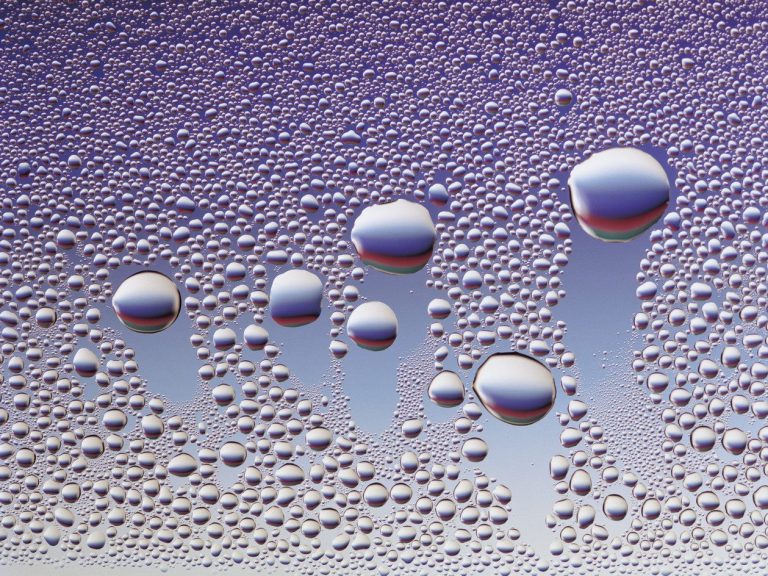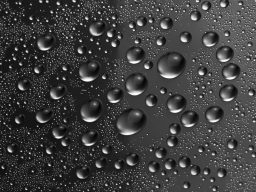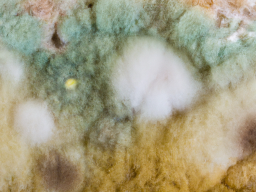Contact us for a survey of your property 07711 330824
How to avoid condensation and mould in your home
During the winter months, many properties suffer from damp and mould growth due to condensation.
Causes and signs of condensation
Air can hold moisture - the warmer the air, the more moisture it can hold. If moist air is cooled by contact with cold surfaces, such as walls, windows or mirrors, the moisture condenses into water droplets, known as condensation.
Mould often occurs because of condensation. It appears as pinpoint black spots, usually on the side surfaces of external walls, in corners and in poorly ventilated spaces, such as behind cupboards and wardrobes.
Condensation control
The control of condensation requires a combination of sufficient heating, ventilation and insulation.
Heating
By introducing low level heating, the temperature of internal surfaces will rise and will reduce cooling of any moisture-laden air, as a result, the amount of condensation.
Ideally, low level background heating should be continuous, as any short bursts of heat may not result in a suitable rise in surface temperatures.
Insulation
Thermal insulation, such as loft or cavity wall insulation, draught proofing and double glazing, will help to reduce the amount of heat lost from a property. This will not only help keep internal room temperatures higher, but will also help to keep fuel bills down.
Ventilation
Adequate ventilation is essential to allow moisture-laden air to escape from the home before condensation occurs. Extractor fans in the kitchen and bathroom can prove very effective in reducing condensation, especially when fitted with an effective humidistat control.
How to reduce condensation
pull wardrobes and furniture away from walls, and keep tops of wardrobes clear, to allow air to circulate
close doors and open windows when cooking
keep lids on saucepans when cooking
keep bathroom doors closed when bathing, and open windows slightly afterwards
do not dry clothes on radiators, unless ventilation is increased
only use Liquid Petroleum Gas or paraffin heaters in ventilated rooms, as these fuels produce water vapour during combustion
Extreme cases
In extreme cases, try the following:
a dehumidifier, which extracts moisture from the air, can be bought or hired
wipe down surfaces affected by condensation regularly to prevent mould growth
mould can be removed by washing the surface with a disinfectant or a fungicidal wash. This must be used in accordance with the manufacturers' instructions.
Mould-inhibiting paints and sprays can also help to reduce the effects of condensation.
Other causes of damp
L




©Copyright. All rights reserved.
We need your consent to load the translations
We use a third-party service to translate the website content that may collect data about your activity. Please review the details in the privacy policy and accept the service to view the translations.